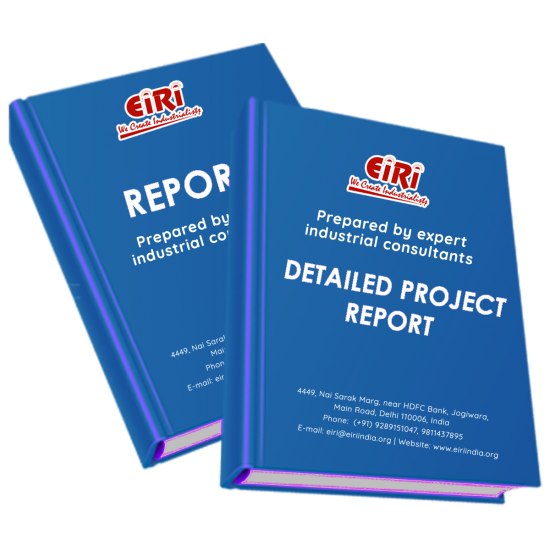The project report includes Present Market Position and Expected Future Demand, Market Size, Statistics, Trends, SWOT Analysis and Forecasts. Report provides a comprehensive analysis from industry covering detailed reporting and evaluates the position of the industry by providing insights to the SWOT analysis of the industry.
The pressure die casting processes consume almost twice as many tons of aluminium alloys as all other casting processes combined. These processes are especially suited to the production of large quantities of relatively small parts. Aluminium die cast parts may weigh up to around 5 kilograms.
Pressure die casting in aluminum alloy offers means for very rapid production of engineering and other related component even or intricate design. The technique has obvious advantages when a component is required in large quantities. However, for aeronautic space, defence and automotive applications, mechanical properties and durability are of primary importance It is, therefore, essential that the best features of design should be employed and optimum casting technique with minimum cost be adopted. Pressure die cast products are used in the form of components of various electrical electronic, mechanical instruments and appliances used in domestic as well as industrial field.
Types of Aluminum Alloys for Die Casting Applications
In this eBook, we shall focus on 7 different types of aluminum alloys that are die cast in most industrial setup.
These alloys include the following:
The K-alloy; this aluminum allow is known to possess the following key properties: resistance to corrosion improved cooling and zero post die casting operations.
Alloy 413; superior die casting properties and it possess good fluidity and guarantee better pressure tightness.
Alloy 383; it possesses the following key properties: dimension stability, ease of casting and good mechanical properties. It has superior corrosion resistance too.
Alloy B390; it is known for its superior wear resistance and high hardness. They are mainly used to die cast the internal combustion engine pistons.
The A360; it is mainly used to cast aluminum parts where pressure tightness and fluidity is a priority. It maintains corrosion resistance and strength even at elevated temperature.
Alloy A413; its properties are similar to that of the alloy A360. This alloy is mainly used to die cast hydraulic cylinder components.
Alloy A380; it has good thermal and mechanical properties. Their performance property is similar to most alloys listed above.
Pressure Die Casting
Pressure die casting is a quick, reliable and cost-effective manufacturing process for production of high volume, metal components that are net-shaped have tight tolerances. Basically, the pressure die casting process consists of injecting under high pressure a molten metal alloy into a steel mold (or tool). This gets solidified rapidly (from milliseconds to a few seconds) to form a net shaped component. It is then automatically extracted.
Advantages of Pressure Die Casting:
• Lower costs compared to other processes.
• Economical – typically production of any number of components from thousands to millions before requiring replacement is possible.
• Castings with close dimensional control and good surface finish
• Castings with thin walls, and therefore are lighter in weight.
It is intended to prepare a Feasibility Report to install 900Tons/Year Pressure Die Casting (Aluminium) production facility as a Green Field Project.



